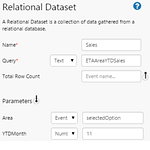
The most important thing you can do when designing a page in P2 Explorer is adding data for your page to display. This article looks at how to add datasets to your page, in versions 4.3.2 and earlier of P2 Explorer.
Read more
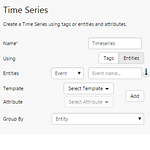
Your dataset uses a datasource to connect to a database or other source of data. You need to add the dataset that you require and then configure the parameters so that you can use the returned data on your page. This article applies to versions 4.3.2 and earlier of P2 Explorer.
Read more
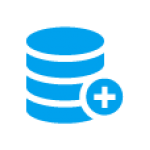
Explorer's purpose is to show data on pages and trends. To show data on a page, you first need to add time series or tabular data to your page or trend.
Read more
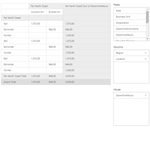
This article applies to versions 4.3.2 and earlier of P2 Explorer. For help on the latest version of the pivot table, see Pivot Table. ON THIS PAGE:OverviewTutorialStep by Step: Creating a Pivot Table Driven by a Range Picker and Entity Selector Overview The Pivot Table allows users to automatically sum…
Read more

This article applies to versions 4.3.2 and earlier of IFS OI Explorer. This component has been deprecated. ON THIS PAGE:OverviewTutorialStep by Step: Displaying a Dataset Table on a Page Overview The Show Dataset component allows the user to view the data in the dataset in a tabular format. Configuration is simple: you…
Read more

The Image component displays an image on a page, which can be changed when certain conditions are met. The images used by this component must first be uploaded to a web site. This article describes how to configure an image, and applies to versions 4.3.2 and earlier of P2 Explorer.
Read more
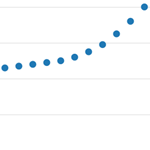
This chart displays each point as a dot, and is typically used to highlight statistical distributions.
Read more
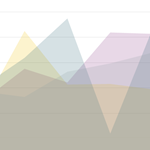
The area chart is a line chart with the area below the line filled in with a colour.
Read more
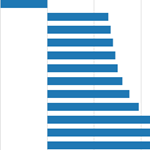
The bar chart has data plotted as rectangular bars, where the length of each bar is proportional to its value.
Read more
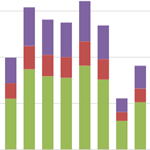
This chart has one or more series containing bar charts which stack vertically to form single bars.
Read more





